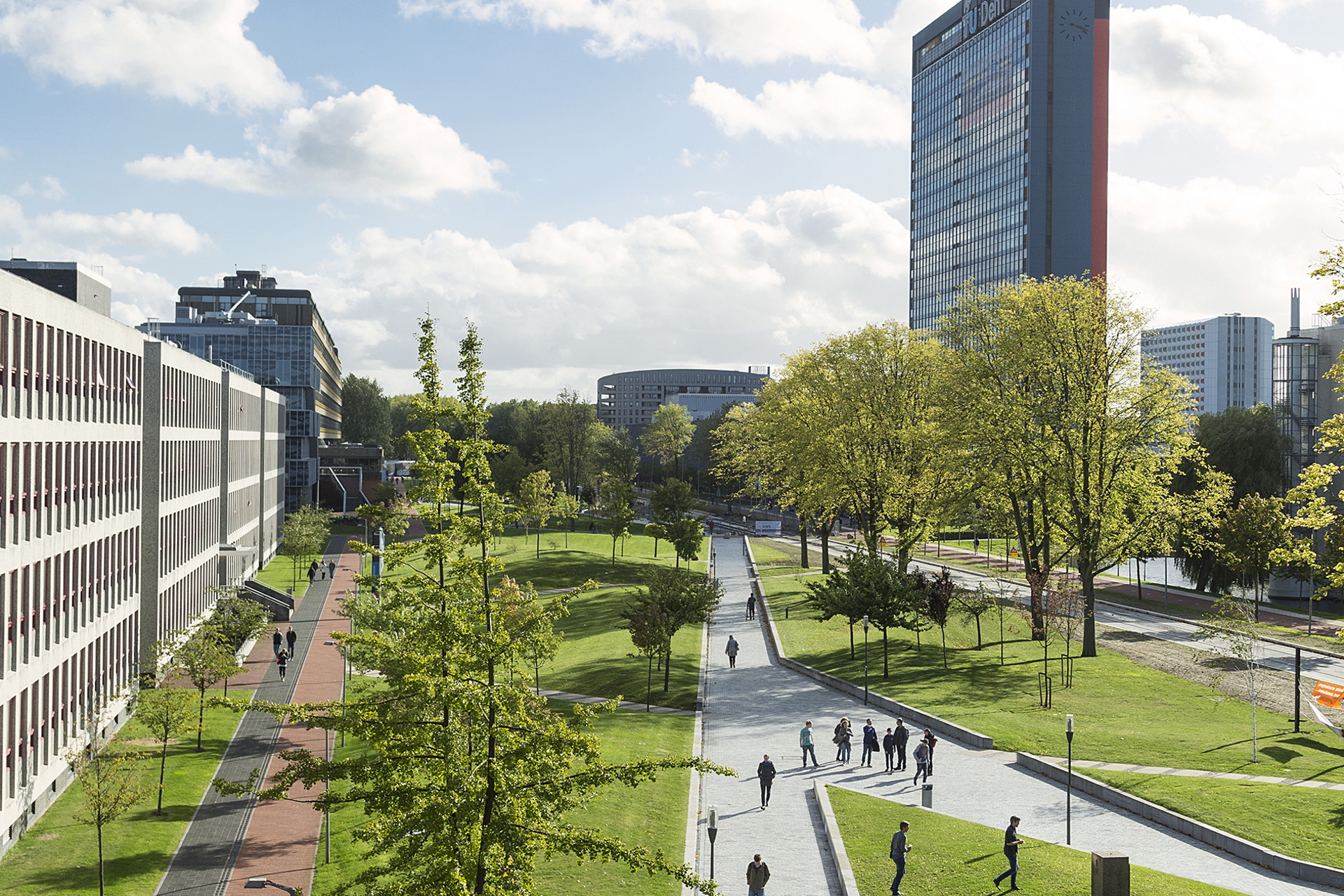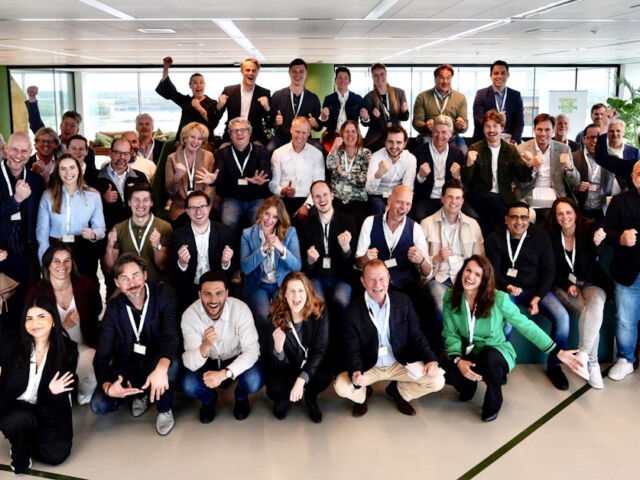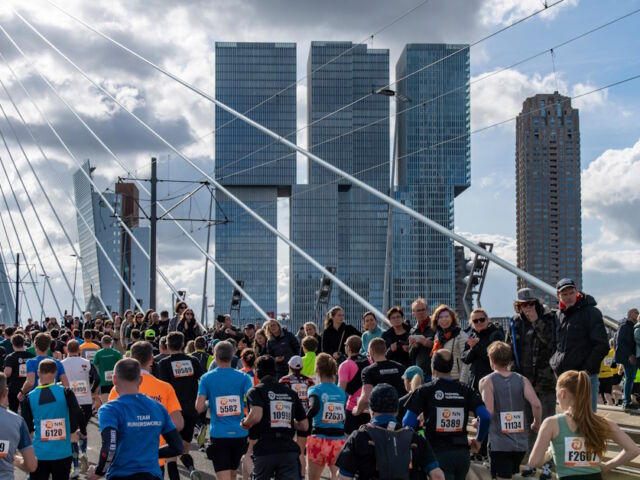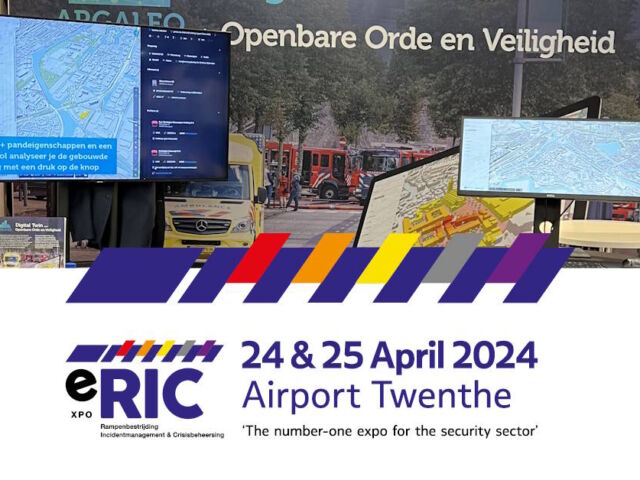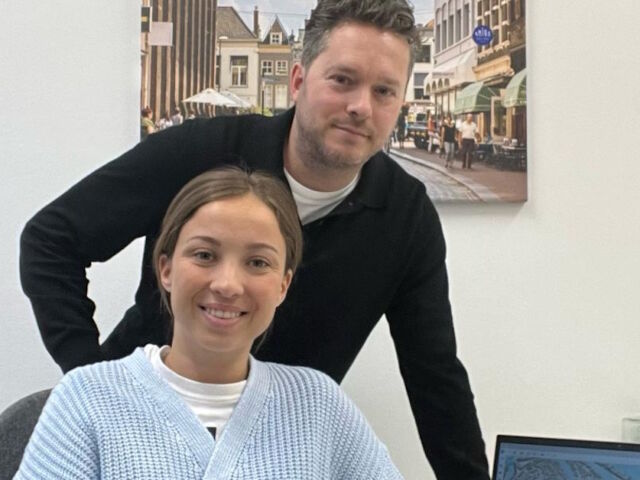The Ministry of the Interior and Kingdom Relations (DiS Geo and BRO), Kadaster/PDOK and Geonovum are organizing four geo-inspiration days in 2021. During the geo-inspiration days, makers and users of (geo)data will update you on current developments, inspire you with practical examples, highlight issues and provide an opportunity to catch up with each other.
The first geo-inspiration day takes place on 20 April. Between 13.00 and 16.00 hours, you will be informed about current developments in various sessions. What is being worked on? How do different organizations use digital twins? What is possible and what is not possible with digital twins? How difficult is it to make a digital twin? And what are the points of attention?
One of the sessions is a presentation of Sascha Hoogendoorn-Lanser, Director Mobility Innovation Centre Delft and Jeroen Steenbakkers of Argaleo about developing a digital twin of the TU Delft campus.
TU Delft Outdoor Crowd Management Digital Twin
With the advent of the COVID-19 pandemic, the one-half-hour society made its appearance. If we are close to each other for long periods of time, the coronavirus spreads more rapidly. The same is true if we move around a lot. But how do we know where or when it is too busy? Can we predict these crowds? And what can we do to better distribute the traffic flows? This is what we are researching at TU Delft in a very special place: our own campus. In addition to various open data sources on mobility, we have installed a special privacy-safe sensor system with which we collect data on the movements of cyclists and pedestrians. All the data is visualised in the Campus Mobility Dashboard, a Digital Twin of the university campus.
The data can be used in the short term to inform campus management about developments in the bustle of the campus, what the critical locations are and to what extent the one and a half meter distance is feasible. This type of insight can be useful in a wide variety of ways, such as for class schedules, the introduction of one-way traffic on cycle paths, to advise people to take certain (quieter) routes, to travel at a different time or by a different means of transport. In the future, the sensor network and the digital should develop into a fully-fledged Mobility Lab for scientific research.
